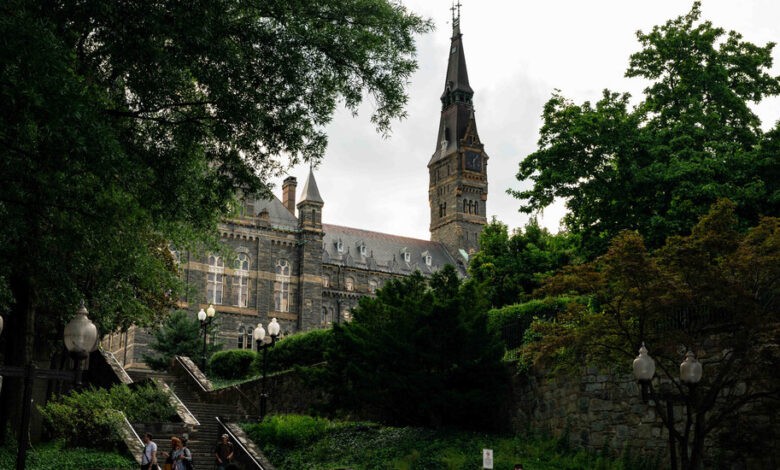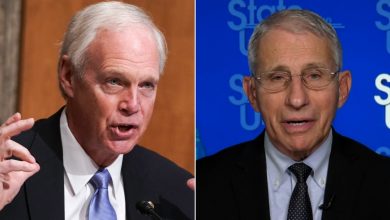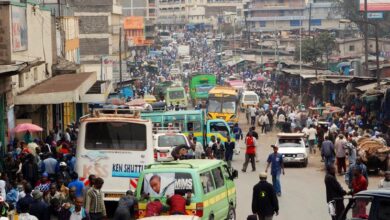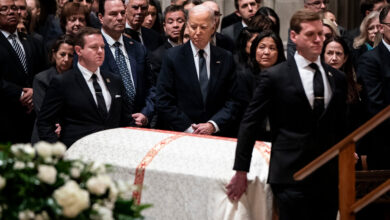Student Loan Payments Are Due Again. Here Are 5 Things to Know.

After about 42 months, the student loan payment hiatus is officially ending: Interest on federal loans begins accruing again in September, and monthly payments will become due in October.
Many borrowers may be worried about squeezing the payment back into their monthly budget. Life is more expensive than when bills and interest were initially frozen because of a pandemic-relief measure in March 2020. And your circumstances may have changed since then — you may have expanded your family, taken on a new mortgage or lost health insurance coverage.
To help borrowers with this transition, the Biden administration has provided some leeway for the first year after payments begin. Here are five things to know as the monthly bills start to arrive:
1. If you miss a payment, don’t stress.
If you can make an on-time payment, you absolutely should. But if you miss a bill or two, you won’t be penalized — at least not for the first year after repayment begins.
The Biden administration has provided a yearlong “on-ramp” to help ease borrowers back into the repayment routine. So if you miss a monthly payment from Oct. 1 to Sept. 30, 2024, you won’t be considered delinquent. You also won’t be reported to the credit bureaus, placed in default or reported to debt collection agencies.
2. You’re more likely to find a payment plan you can afford.
The Biden administration recently opened up its more affordable income-driven repayment plan, SAVE, which pegs the size of your monthly payment to your income and family size. The SAVE plan (see our guide here) is expected to generate the lowest monthly payment for most borrowers, which means it’s likely to be the best option for those in financial distress.
There’s a lot to like about the latest plan, which is more generous than previous programs and replaces the REPAYE plan. Once it is fully in effect next summer, it will cut payments by more than half.
The plan also treats interest differently: If your regular payment isn’t enough to cover the interest owed at that time, the unpaid interest is automatically erased. That means those who religiously make their payments will not see their balances grow over time, which has happened to many borrowers, leaving them discouraged.
There are several other repayment options to consider besides SAVE, including the standard repayment program, which spreads payments over 10 years. Since everyone’s circumstances are different, your first stop should be the loan simulator tool at StudentAid.gov, which can help calculate which plan makes the most sense using your specific loan details.
If you want to enroll in SAVE or another plan, get started immediately — it can take at least four weeks to process your application, and payments begin in October.
3. Defaulted borrowers receive a fresh start.
Borrowers who fell into default before the payment pause — which happens when you’re at least 270 days behind on bills — have received a fresh start and are considered current on their payments. That means they can enroll in SAVE or any other repayment plan.
But those who were in default need to take certain steps to do so — and complete them before next September to keep their loans out of default for the long term.
Here’s how: Contact the Education Department’s Default Resolution Group — by phone, online or mail — and ask to take your loans out of default through the Fresh Start program. The default group can also help you enroll in an income-driven repayment plan, including SAVE.
The group will transfer your loans to a regular loan servicer and wipe the record of default from your credit report. The servicer will then put you into an income-driven repayment plan with the lowest payment you are eligible for.
4. Nearly one million borrowers will have their balances canceled.
Roughly 800,000 federal student loan borrowers won’t have to make any payments because their remaining balances, totaling $39 billion, are in the process of being canceled. The White House’s initiative was designed to address past errors made by loan servicers that failed to give payment credit where it was due — or that may have provided poor advice when borrowers called for assistance.
Many borrowers have already been notified that their balances have been canceled, a process that will continue through the end of the year. After that, borrowers who don’t yet have enough qualifying payments for cancellation will receive their updated payment counts, pushing them closer to the loan term’s finish line.
If you’re eligible for cancellation but haven’t received it before monthly payments restart, your payments will be paused until the debt is eliminated. For more details, see our guide here.
5. Borrower, beware.
All student loan borrowers should be hyper-aware of scam artists who prey upon those seeking relief or assistance.
If you’re unsure if a particular offer — including relief from the Biden administration — is genuine, call your loan servicer using a number you find independently, not on any correspondence sent to you.




